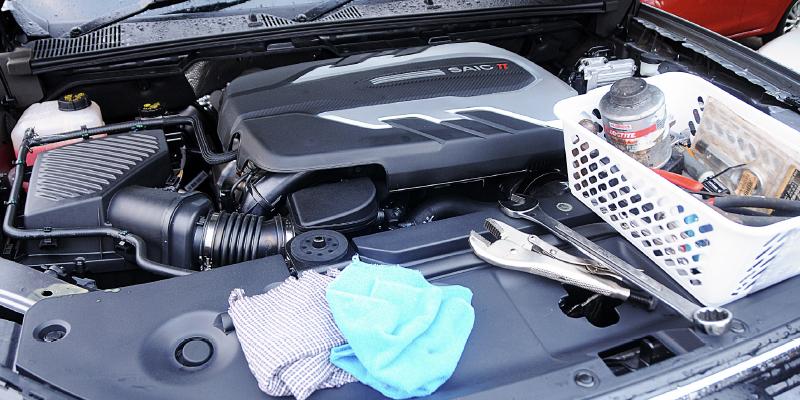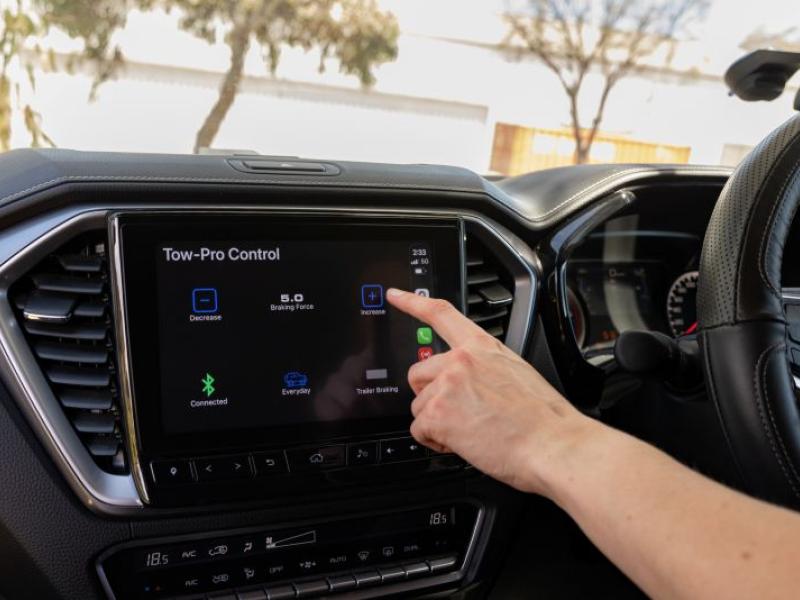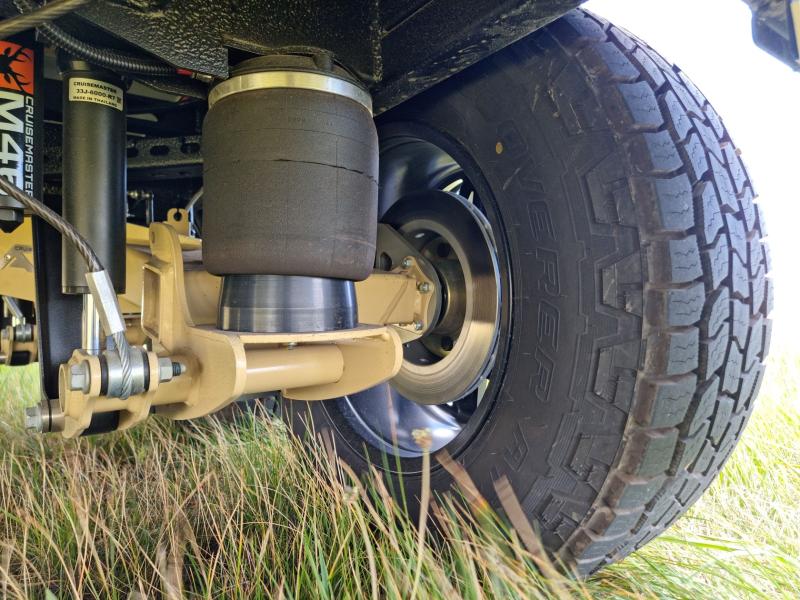Most 4WDs do double duty – or more. They fit the Kiwi lifestyle like no other vehicle and as a result most of us use them for work and play. As the country climbs once more out Covid lockdowns, we’re all just mad keen to get out and celebrate the special place we inhabit. Doing a little maintenance before we go ensures we aren’t ‘that guy’ on the side of the road with the bonnet up – or worse.
Like any machine, 4WDs do best when they are looked after. All mechanical parts wear out sooner or later. We can keep things operating properly by committing to a robust maintenance schedule. The first thing to decide is whether you are Do It Yourself (DIY) or Do It For Me (DIFM). We all have different levels of ability, and in the end it’s good to consider whether you love getting your hands dirty or think it’s best to get an expert on the job.
Think about fluids. Radiator, engine oil, transmission, diff, brakes. The cliché is true: these are the lifeblood of your vehicle. Using the right oils and changing them at (or before) the recommended interval, changing brake pads or shoes and giving the brake fluid a thorough bleed-through – these are all common-sense preventive maintenance measures for that trip away or offroad adventure.
Let’s assume nobody would change any of these fluids – in a workshop job or at home – without also changing the relevant filters. If the 4WD is used in extreme conditions, where it will encounter lots of mud, water crossings or thick dust, think about going ‘short’ on service intervals. An early change of engine oil and filter is cheap insurance against failure.
Radiator coolant has always needed the right additive, and never more so than today with the advent of new technologies like electric water pumps. A quick phone call to the vehicle manufacturer will help here – there’s always a spec reference number that guides the buyer to the right fluid.
One innovation that has some of us confounded is what is known as ‘condition based’ servicing. Gone are oil pressure gauges, oil dipsticks, water temperature gauges.
Instead sensors take over, and we scroll through pages of our ‘multi-media interface’ trying to find the information that would once be right there on the dash. Maybe it makes sense to get a couple of gauges and a pod to mount them in – oil pressure perhaps, a volt meter or ammeter, an oil or water temperature gauge?
Have a look underneath the truck while doing that oil change. Suspension bushes, shock absorbers, the often-ignored power steering system, the tyres, the wheelbearings, all benefit from a hands-on check over and a little preventive maintenance.






